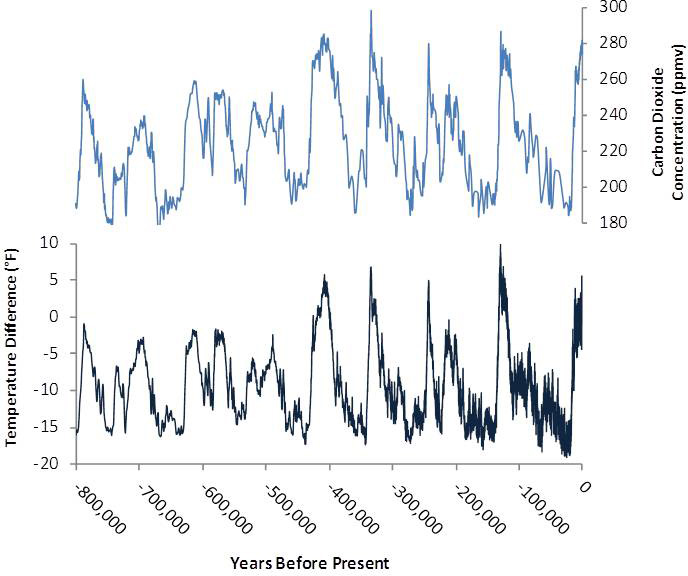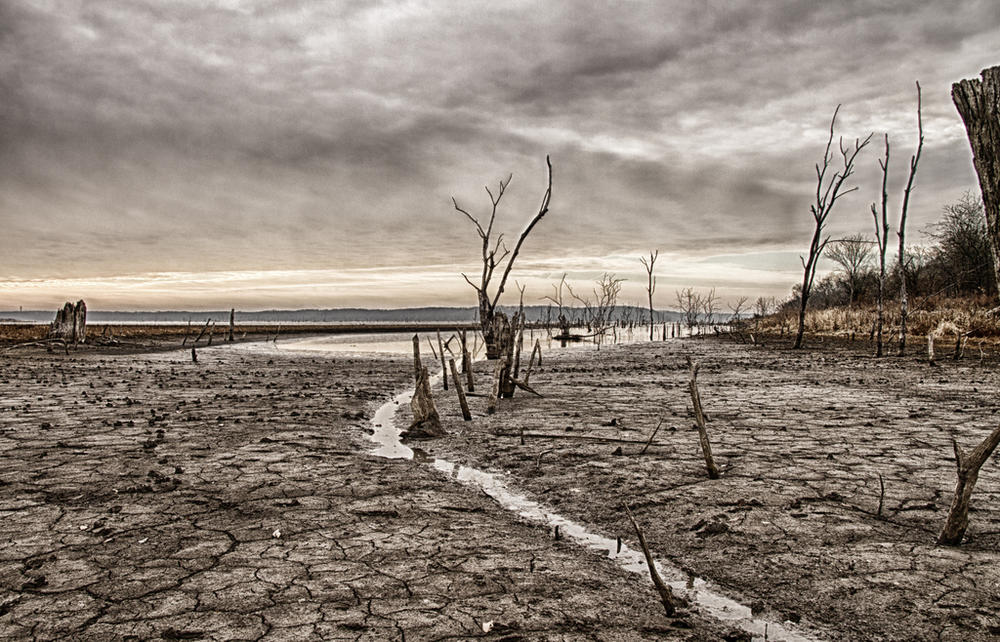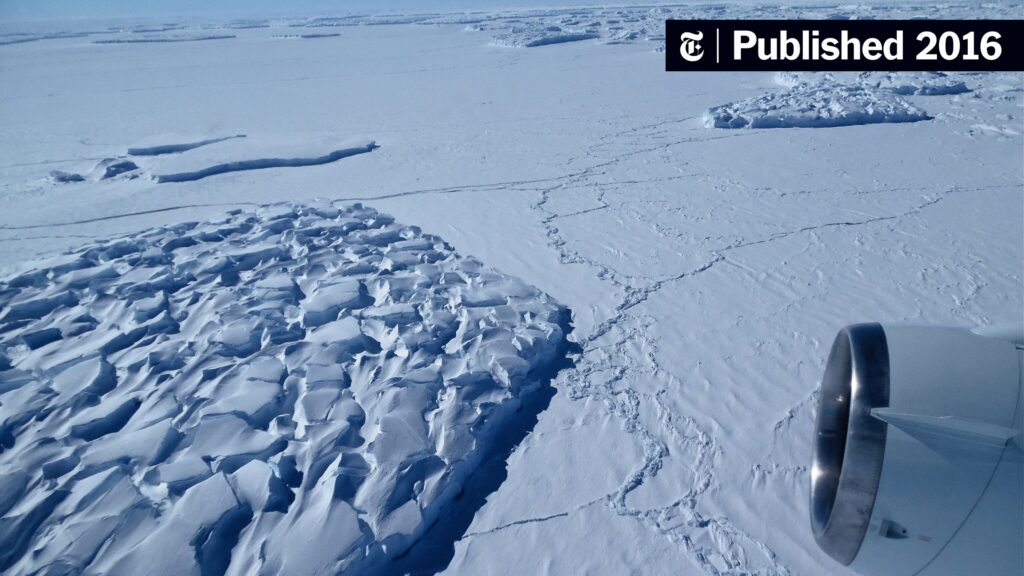Understanding climate change and global warming is essential in today’s environmental discourse. Though the terms are often used interchangeably, they encompass distinct phenomena, each with profound implications for our planet and society. Addressing this nuanced differentiation reveals not only an interesting scientific debate but also the complexities of public perception and policy-making surrounding environmental issues.
At first glance, global warming and climate change seem synonymous, often causing confusion among the public and policymakers alike. However, a closer examination reveals that these terms refer to different aspects of environmental science.
Global warming primarily refers to the long-term increase in Earth’s average surface temperature due to human activities, particularly the emission of greenhouse gases like carbon dioxide and methane. This warming is a result of the greenhouse effect, where gases trap heat in the atmosphere, leading to a gradual increase in temperatures. This phenomenon has been well-documented through extensive scientific research, confirming that anthropogenic activities significantly contribute to this warming trend.
Climate change, on the other hand, is a broader and more encompassing term. It refers not only to the rise in global temperatures but also to the myriad of alterations in climate patterns caused by these temperature changes. This includes shifts in precipitation, increased frequency of extreme weather events, changes in seasonal cycles, and the impacts on biodiversity and ecosystems. Essentially, global warming can be viewed as an integral part of the broader climate change narrative.
To accurately portray the differences, it is imperative to delve into the underlying mechanics that separate these two concepts.
The Driving Forces Behind Global Warming
Global warming constitutes a critical component of the current climate crisis. It is chiefly attributable to the increase in greenhouse gases due to activities like burning fossil fuels, deforestation, and industrial processes. These gases create a thickening layer around the Earth, preventing heat from escaping into space. The consequences of global warming are multi-faceted, affecting weather patterns, sea levels, and even human behaviors.
A fascinating aspect of global warming is its scale. While local weather patterns might demonstrate variability, the global average temperature demonstrates a consistent upward trend, a phenomenon rooted in scientific evidence. This distinction emphasizes not only the vulnerability of our planet’s ecosystems but also the urgent need for comprehensive environmental policies to mitigate these warming effects.
The Ripple Effect: Consequences of Climate Change
While global warming refers to temperature increases, climate change embodies the broader implications of those temperature shifts. The repercussions of climate change can be felt worldwide, influencing everything from water resources to agricultural productivity. As temperatures rise, alterations in precipitation patterns lead to either droughts or excessive rainfall, disrupting food security and natural resources.
Moreover, climate change exacerbates the frequency and intensity of natural disasters such as hurricanes, floods, and wildfires. For instance, as oceans warm, they can hold more moisture, leading to more intense storms. On the contrary, regions experiencing prolonged droughts can suffer severe ecological and economic setbacks, as seen in various arid parts of the world.
The sociopolitical implications are equally daunting. Climate change disproportionately affects marginalized communities, often those least responsible for carbon emissions. Addressing these inequities is crucial for creating sustainable and just climate policies that encompass not merely environmental but also social justice dimensions.
Laying Down the Connection: The Interplay Between Global Warming and Climate Change
While distinct, global warming and climate change are inherently linked. Global warming acts as an onus that triggers a multitude of climate changes, which can create feedback loops further intensifying both phenomena. For example, melting polar ice caps and glaciers contribute to rising sea levels, which subsequently alter ocean currents and weather patterns. This intricate web of causes and effects illustrates the complexity of the environmental systems at play.
A deeper understanding of these relationships is crucial for fostering public awareness and action. A society equipped with knowledge about these interconnections can develop more resilient strategies for addressing environmental challenges. Education remains a powerful tool in transforming misconceptions about climate change and global warming into informed discussions about solutions and sustainability.
Navigating the Discourse: Climate Change Communication
The way climate change and global warming are communicated can shape public perception and policy. Simplistic narratives often miss the nuances of the science, leading to misinformation and apathy. Efforts to promote deeper understanding must prioritize clarity while conveying the urgency of the situation.
Moreover, framing climate change discussions within a context of human vulnerability rather than purely scientific terminology could foster a stronger emotional connection. Highlighting stories of communities affected by climate change can enhance empathy, motivating individuals and leaders to act decisively against the forces of environmental degradation.
In conclusion, while global warming and climate change are closely related, they are not interchangeable. Recognizing the distinctions allows for a more comprehensive understanding of the environmental crisis we face. Educating individuals about these intricacies not only promotes awareness but also encourages accountability and action. As we stand at this critical juncture, a concerted effort to address both global warming and climate change is paramount for ensuring a sustainable future for humanity and the planet we inhabit.


